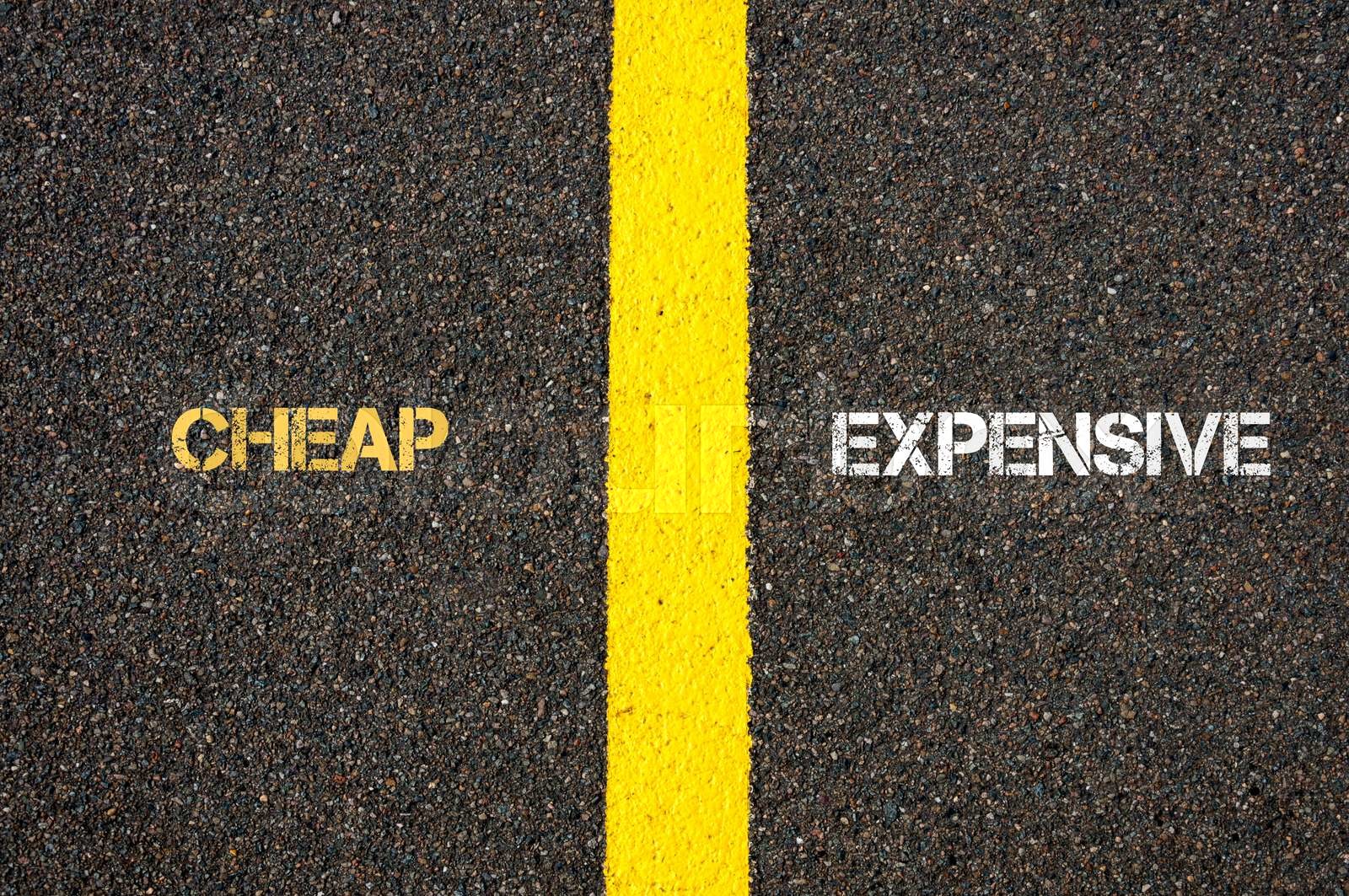When traversing the realms of economic valuation and consumer behavior, the inquiry into what constitutes greater expense invites a multifaceted exploration. The paradigms within which we ascribe value to entities—be they tangible commodities, services, or even abstract concepts—are inscribed with intricate layers of interpretation. Henceforth, this analysis seeks to dissect the comparative dimension of expense, yielding insights that compel reframing our understanding of monetary worth and its implications for societal dynamics.
At its core, expense is intrinsically tied to monetary expenditure, yet it diverges into terrains that transcend mere digits. One must first delineate between necessity and luxury—a dichotomy that shapes consumer choices significantly. Necessities, such as sustenance and shelter, often serve as the baseline for determining what is “expensive” since they cater to fundamental human needs. Conversely, luxuries epitomize discretionary expenditure; their worth is frequently inflated by perceptions of exclusivity and desirability. Thus, while a loaf of bread and a diamond necklace both bear price tags, the societal implications of their costs are profoundly disparate.
Furthermore, one must consider the context in which value is evaluated. For instance, geographical disparities play a cardinal role in appraising what is deemed expensive. A meal in a fine dining establishment in New York City is easily overshadowed by the same meal in a provincial town, where cost structures diverge markedly due to regional economic variances. This relativity extends to labor costs, property values, and even supply chain dynamics that influence pricing strategies. Therefore, examination through a geospatial lens facilitates a comprehensive understanding of costly investments.
Within the economic framework, opportunity cost emerges as a pivotal concept when discussing expenses. The true expense of an item can be viewed through the lens of what is sacrificed to acquire it. When an individual opts to purchase a brew of artisanal coffee rather than a more commonplace option, the cost transcends financial implications; it embodies time, convenience, and even cultural or social capital. The concept of opportunity cost thus reshapes our perspective, inviting us to ponder the long-term ramifications of our expenditures.
The evolving landscape of technology further complicates the narrative surrounding expense. In juxtaposing traditional and innovative products, one frequently encounters instances where modern solutions, albeit initially more expensive, ultimately yield cost efficiencies over time. The acquisition of a high-efficiency appliance, for instance, signifies a larger financial commitment upfront but promises significant savings and environmental benefits in the long haul. Thus, discernment in evaluating the longevity of products becomes essential in this discourse.
In weaving this elaborate tapestry of expense, one cannot overlook the emotional and psychological dimensions intertwined with consumer decisions. The concept of “value” frequently intertwines with personal identity and status, making the act of purchase not merely transactional but emotive. Consider the phenomenon of branding; products often garner higher prices based purely on the ethos and prestige associated with their brands. Market psychology adeptly influences consumer behavior—thus the real expense may be that which operates beneath the surface, encapsulating ideals of self-worth and societal acceptance.
Moving beyond consumer goods to societal commitments reveals another compelling layer. Public services, educational institutions, and healthcare systems can also embody expense in multifarious ways. An investment in education may seem exorbitant at first glance; however, such expenditures frequently correlate with enhanced career trajectories—yielding future financial dividends that justify initial outlays. This correlation underscores an essential narrative: that the semantics of being “expensive” may mask long-term socioeconomic gains.
The cultural lens through which one perceives expense introduces yet another dimension to the dialogue. Cultural artifacts—art, literature, and heritage—often assume priceless qualities, leading to paradoxical situations where the expense is incongruent with tangible utility. Consider a classic painting; the millions invested in such art are intrinsically tied to its historical significance and the narrative it conveys. In this context, the expense is less about the physicality of paint on canvas and more about the resonance it holds within society, thus provoking contemplation about the true nature of value itself.
Moreover, the advent of sustainability concerns and ethical considerations in consumer behavior has birthed a new paradigm where the cost of “cheap” goods becomes scrutinized. Fast fashion exemplifies this; while the initial outlay may appear insignificant, the environmental degradation wrought by such industries can be monumental. Herein lies an exquisite irony—the façade of affordability converses with the hidden costs that emerge from neglecting sustainability. Consequently, one may find that the truly “expensive” choice is increasingly that which promotes long-term ecological and social responsibility.
Lastly, it is imperative to reflect on the subjective nature of expense—what appears exorbitant to one may be trivial to another. This subjectivity is crucial in shaping economic interactions, as personal valuations mold behaviors and preferences. Thus, when addressing the question of what is more expensive, simplicity must be eschewed; rather, it is the collaborative interplay of economic theories, social constructs, psychological benefits, and ethical considerations that shape this intricate mosaic of value.
Engaging in the contemplation of expense thus transcends mere financial calculation; it encourages introspection into personal philosophies and societal values. As one navigates this complex juncture, the quest for deeper understanding will invariably illuminate the multifarious dimensions of cost, challenging preconceived notions and possibly altering consumer behavior towards a more informed and conscientious approach.












